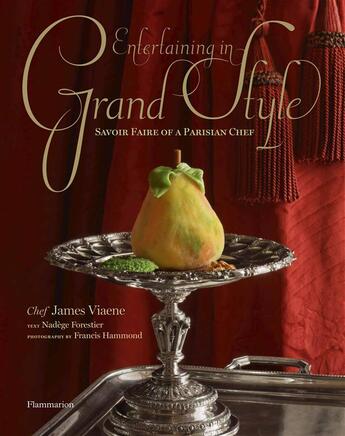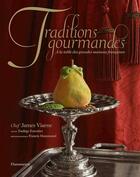-
Date de parution : 14/09/2013
-
Editeur :
Flammarion
-
EAN : 9782080201362
-
Série :
(-)
-
Support :
Papier
Résumé:
James Viaene began his culinary career after the French Liberation, in the midst of a post-war cultural revival of sumptuous dinners, balls, and galas. He started as an apprentice in some of Paris's greatest restaurants and later was hired at the Parisian residence of the Duke and Duchess of... Voir plus
James Viaene began his culinary career after the French Liberation, in the midst of a post-war cultural revival of sumptuous dinners, balls, and galas. He started as an apprentice in some of Paris's greatest restaurants and later was hired at the Parisian residence of the Duke and Duchess of Windsor. He went on to train under a series of renowned cooks, and became a chef in his own right in the kitchens of eminent public figures such as Georges Wildenstein, Jean de Souza-Lage, and Michel David-Weill. Each successive kitchen challenged Viaene to adapt to new, extremely high standards, catering to both experimental and traditional tastes but always displaying a perfect mastery of presentation. Over time, a special relationship blossomed between the chef and each of his employers, built on respect, trust, and the exchange of ideas.
In 1970, Viaene entered the British Ambassador's residence in Paris, a unique locale where the chef plays a central role and a delicious meal could create the perfect atmosphere for successful diplomacy. For over forty years, the historic residence, which had once belonged to Pauline Borghese before being purchased by the Duke of Wellington, provided the perfect setting for serving Viaene's best-loved recipes.
In this richly illustrated volume, James Viaene recounts his memories, amusing anecdotes, and favorite recipes from throughout his reign in the historic kitchen. From the famous Beef Wellington served to Queen Elizabeth II, to "typically English" tea, and the pot-au-feu inspired by his childhood memories, each dish is enhanced by the Residence's legendary silver service, which remains today one of the treasures of the British Embassy in France.
Donner votre avis
















